BMW, through its subsidiary in Indonesia, is taking legal action against BYD for the use of ‘M6’ for one of the Chinese automaker’s sold in the country. While ‘M6’ is also used for the same model in Malaysia, it seems that BMW Indonesia has a strong case because ‘M6’ was registered as a trademark earlier with Indonesia’s Directorate-General of Intellectual Property. It should be noted though that the BMW stopped producing the M6 after 2019.
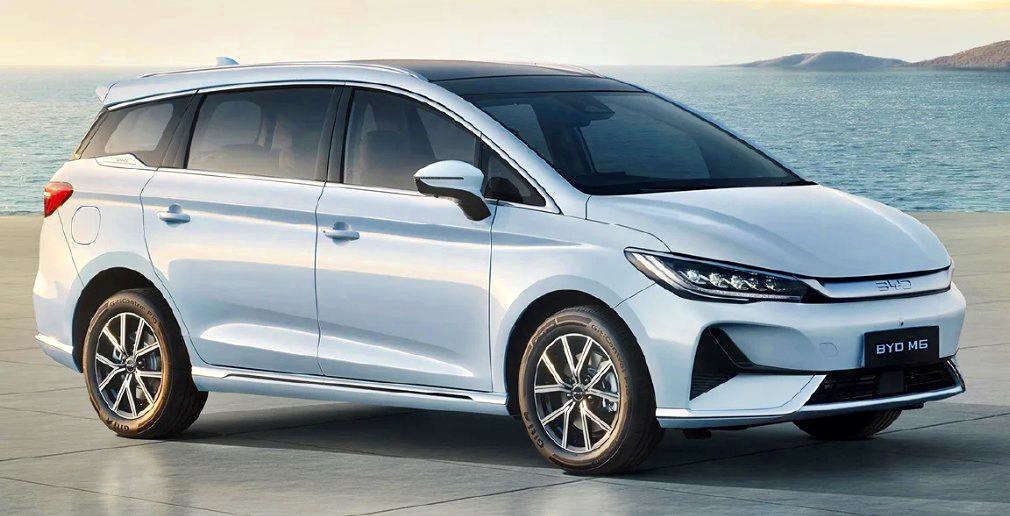
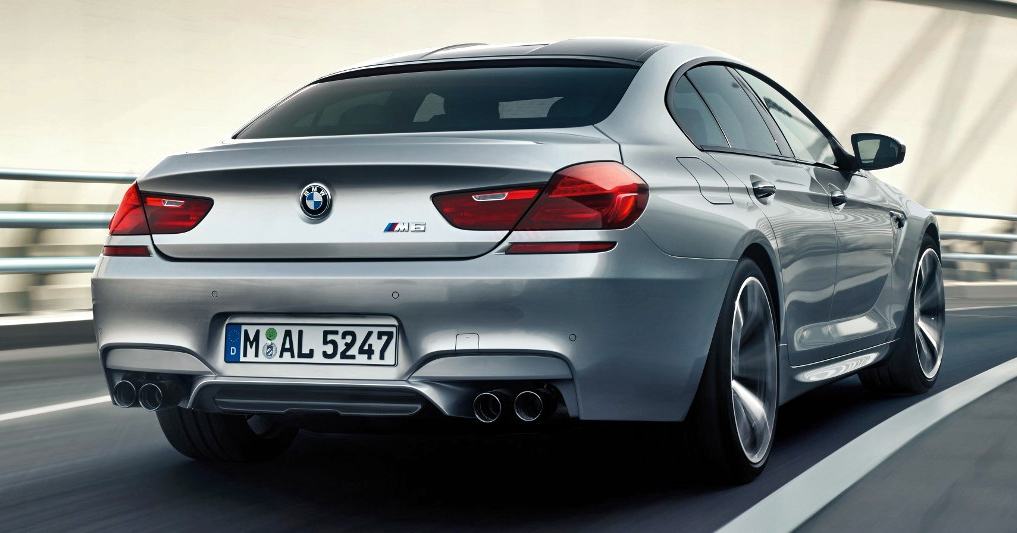
Commenting on the lawsuit which has now been filed with Jakarta’s Central Commercial Court, Jodie O’tania, BMW Group Indonesia’s Director of Communications, said: “The BMW M6 is an iconic model in the BMW M line that is globally recognized for its high performance, innovative technology and exclusivity. The use of the M6 brand by other parties may cause confusion among customers and the public.”
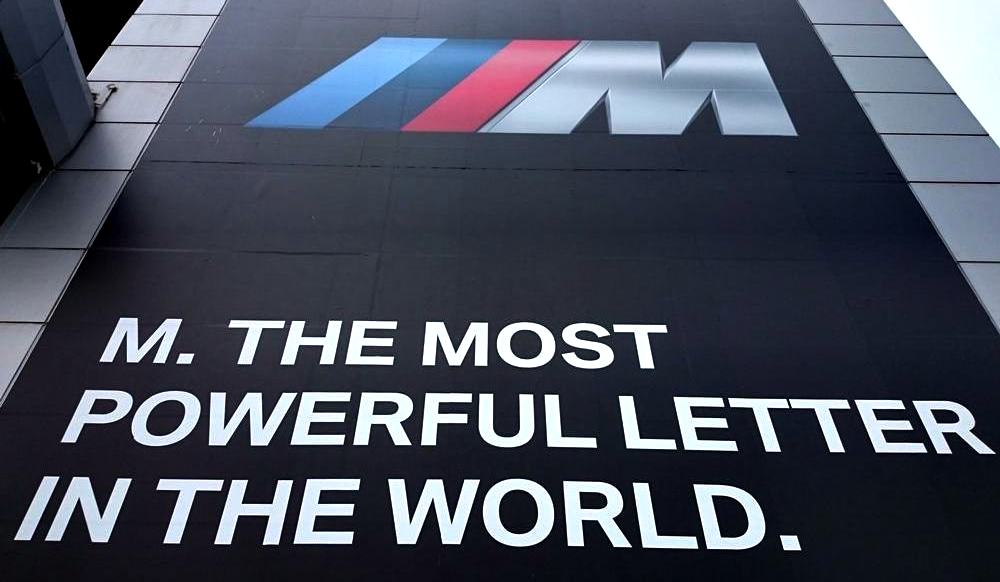
‘M6’ is one of the models in the BMW range with the ‘M’ identifying it as a product of the BMW M high-performance brand. BMW has long protected ‘M’, which it has referred to as ‘the most powerful letter in the world’. Its use goes back to 1978 when the limited-production M1 developed by the BMW M subsidiary was launched.
![BMW M1 [1984]](https://www.motaauto.com/wp-content/uploads/2025/03/BMW-M1-1984.jpg)
The M-Class case
This is not the first time BMW is taking such action. In 1997, when it learnt that Mercedes-Benz was going to designate its new SUV as M320 – which followed the automaker’s style of model designations then – BMW contacted its Stuttgart rival to object to such a designation. It argued that ‘M’, which had been used for its models for 19 years, was already associated with high-performance cars from BMW. The use of the such an alphanumeric combination for the new SUV would create ‘confusion’.
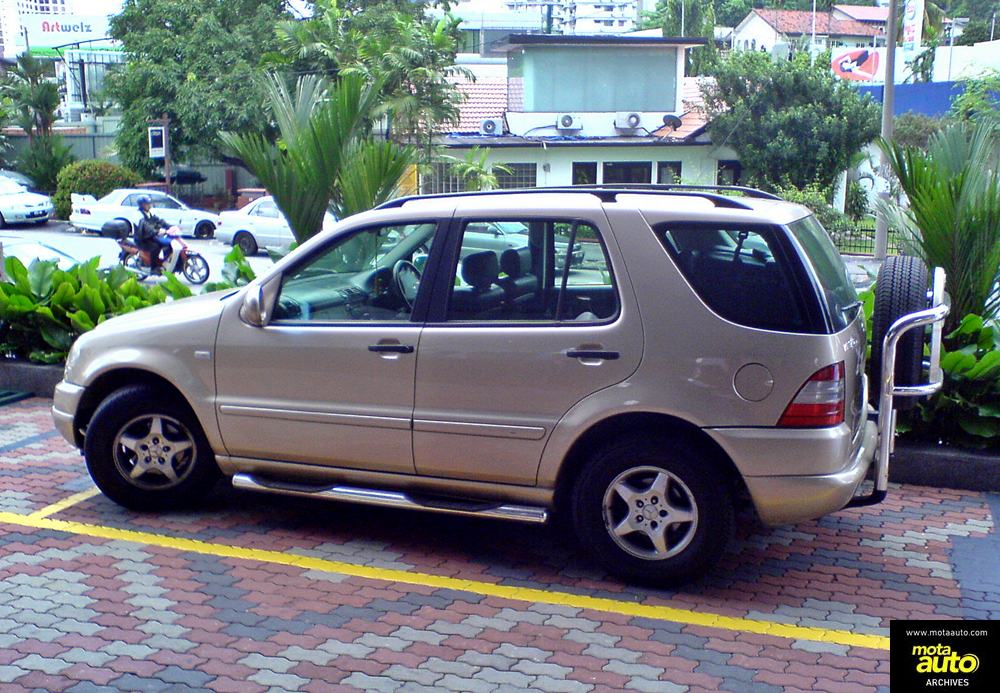
Mercedes-Benz had not thought about BMW M when it chose the letter and while there was no official explanation, one engineer pointed out to this writer that ‘M’ was also part of the engine code for that model. It could have been for ‘multi-purpose’ and while ‘V’ could also have been used, that letter was already adopted for the brand’s new van which had come out a year earlier.
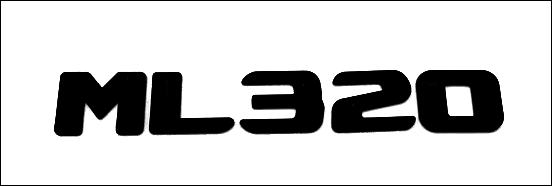
Both companies were able to resolve the issue amicably without wasting money on lawyers. The compromise was that Mercedes-Benz could use ‘M-Class’ for its new SUV but the models would be designated ML320 (with variants being MLxxx).
S4 to S40
BMW is not the only one to be so protective of its model designations. Volvo too had to quickly change the designation of its new small model just before it was launched. This was the S40, which was joining the S70 and S90 in the mid-1990s. It was the new model that was shared with the Mitsubishi Carisma and which, later on, Proton would also adapt for the Waja.
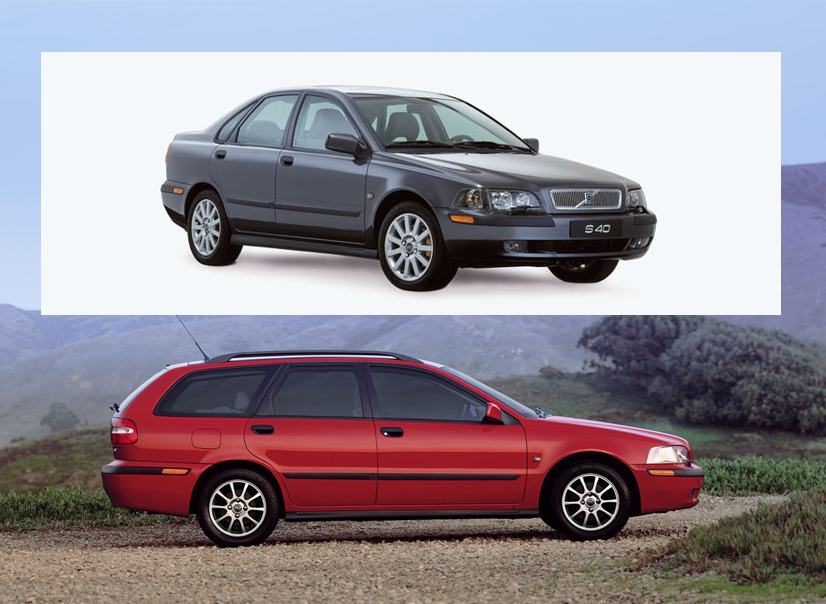
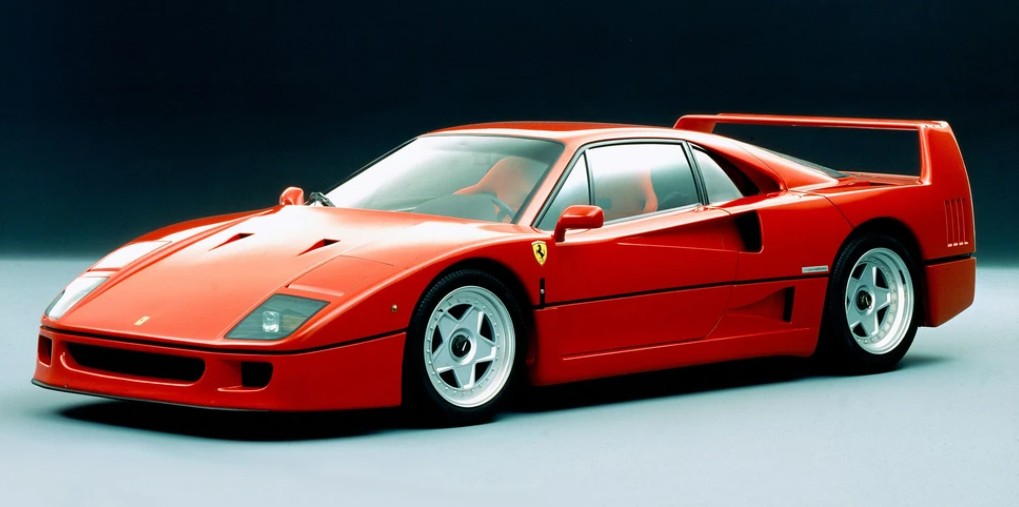
Actually, Volvo had planned to call it the ‘S4’, with the stationwagon variant being the ‘F4’ (‘F’ for Family). But then two other companies objected when they found out – giving the reason as confusion for customers. Audi had its S4 already in the market and Ferrari felt customers would mistake Volvo’s stationwagon for its F40! Actually, the F40 was no longer on sale by then, production having ended 3 years before Volvo’s launch.
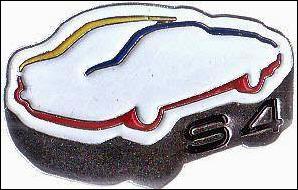
Despite the launch date being close, Volvo decided not to put up a fight and for the sedan, it switched to S40 while the stationwagon became V40 (‘V’ for Versatility). New PR materials had to be prepared with the new designations, badges had to be quickly ordered and according to Keith Schafer, a former MD of Volvo Car Malaysia, special S4 pins had been made as well. “Those items are collector’s items now!” he said.
The GTI badge
The ’GTI’ designation was also the subject of a court case in Europe 20 years ago. In 2003, Suzuki registered its Swift GTi (which had been on sale in Japan and other markets) with the EU (European Union) Trademark Office. Although it was accepted, Volkswagen objected on the grounds that its GTI was already so well established as the performance designation for a Golf variant that came out in 1976.
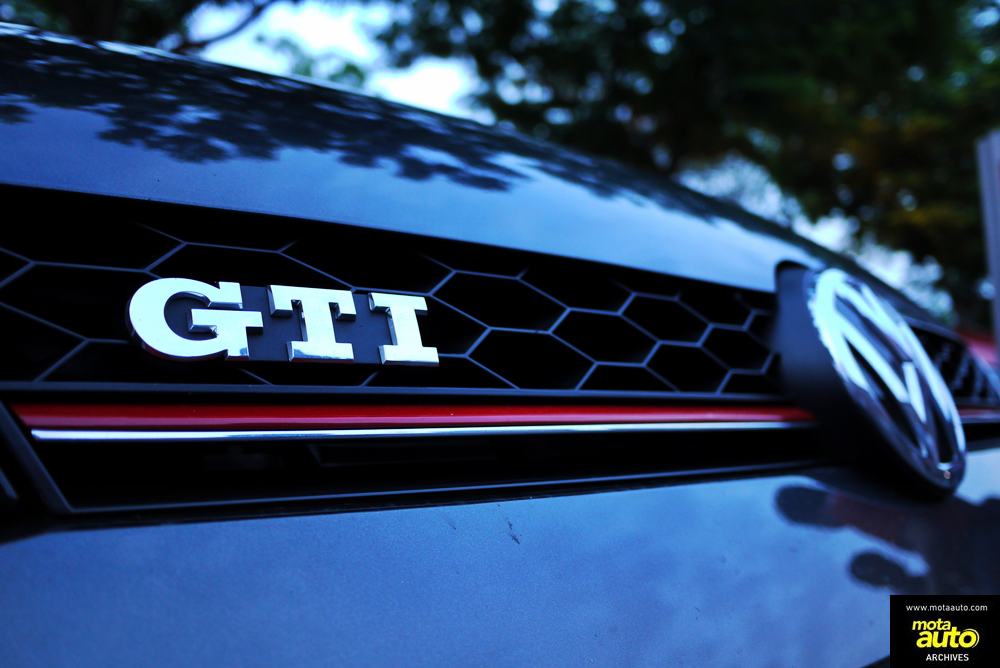
The case went before the European Court of Justice and Volkswagen did not win. The court did not consider ‘GTI’ as being only associated with Volkswagen or its Golf and noted that other automakers such as Peugeot, Nissan, Mitsubishi, Toyota and Rover also made models with the ‘GTI’ designation. Although Volkswagen once said that ‘GTI’ did not really mean anything specific, other automakers had chosen it to for their sportier GT models which had fuel injection (the ‘I’). Even Proton used it for the Satria GTi.
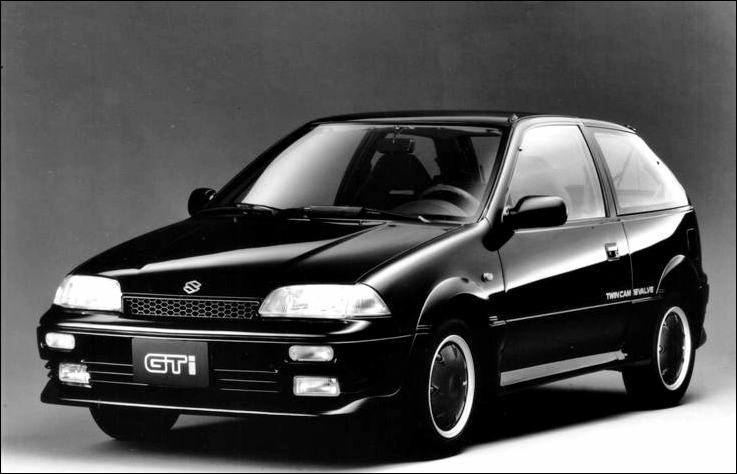
While Volkswagen did register (in Germany) the word mark ‘GTI’ in 1995, Suzuki had registered the trademark of ‘SWIFT GTi’ and not just ‘GTi’ and the court found no violation of any international trademark regulations.
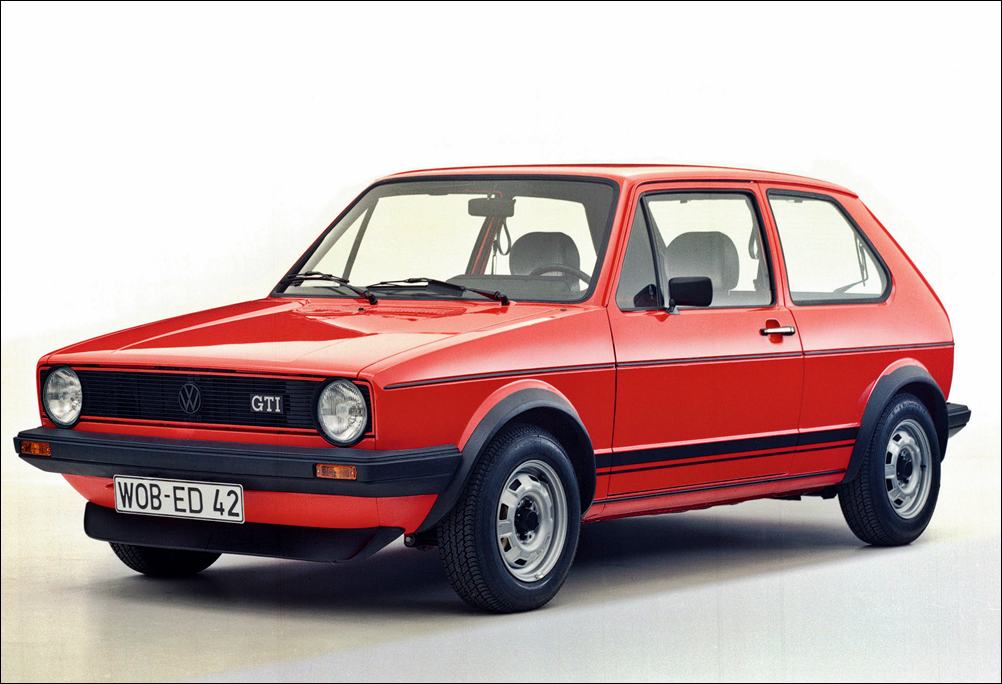
In dismissing Volkswagen’s second appeal after many years of deliberation, the court stated that most consumers would be familiar with the different car models in the market and would not mistake the ‘GTI’ of one brand’s model for that of Volkswagen’s. In other words, someone considering a Golf GTI would not mistake the Satria GTi for the German hot hatch.
Different markets, different names
Naming cars is not easy and companies have to specially check for trademarks in each market they want to sell the model in. Besides that, they also have to consider the meaning of the name in the context of the local language and culture. That is why some models are sold with different names in different regions.
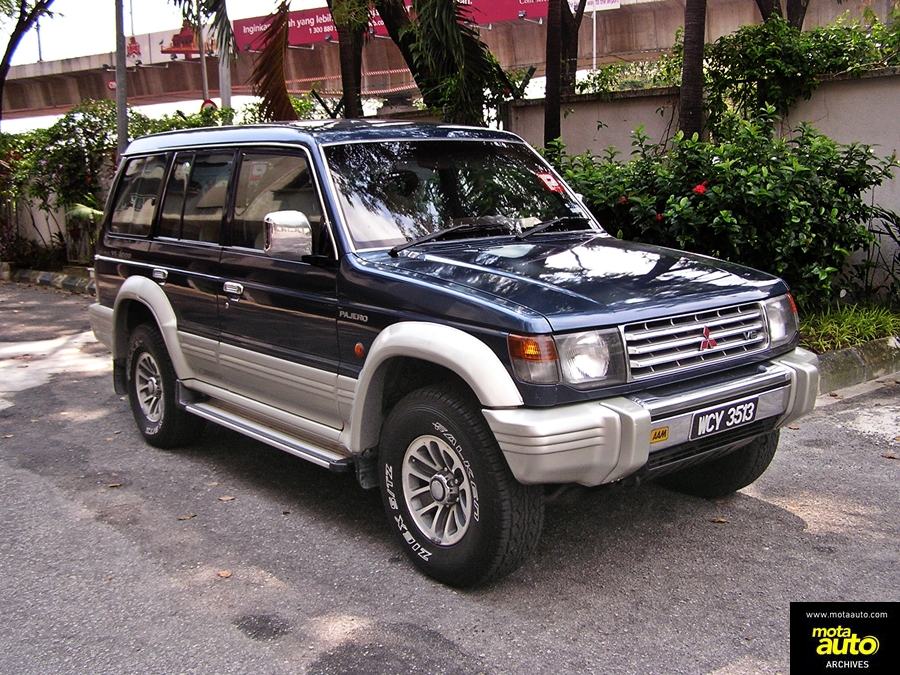
One example was the Pajero, Mitsubishi’s global SUV. It was known as Pajero in most markets but in Central and South America and Spain, it was called the Montero. This was because ‘Pajero’ was a crude word in the local languages. In the UK, it was also called the Shogun.
Numbers may seem a safer way but as we have seen with the examples mentioned, there can still be some legal problems. The models of Chinese brands have Chinese names for the domestic market but on export markets, many just have alphanumeric badges (eg DENZA D9, ZEEKR X). As they are in a rush to export, this may save them time doing studies of trademarks and cultural sensitives with names. Perhaps with the Indonesian case, they will avoid using ‘M’ but they still have another 25 to choose from.

